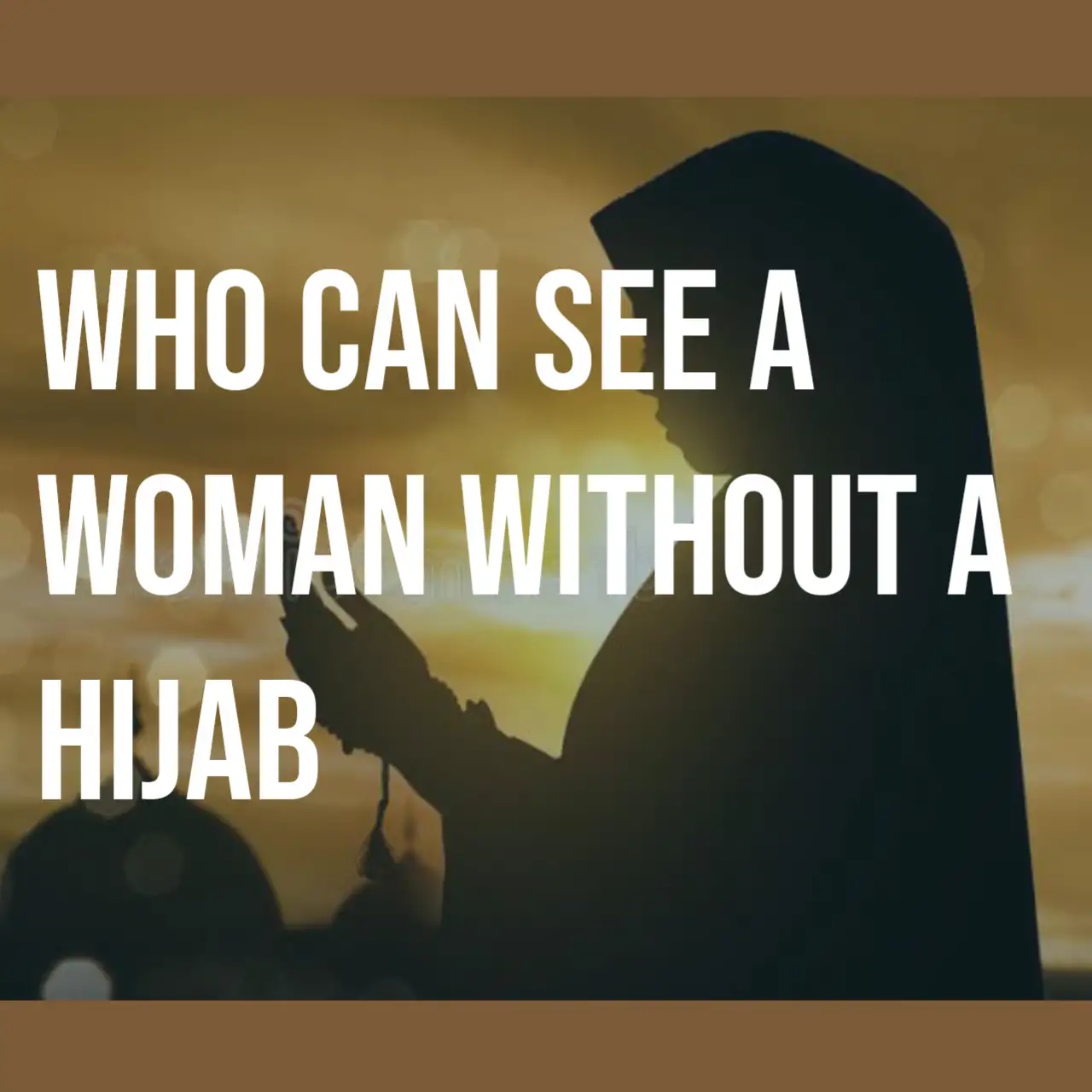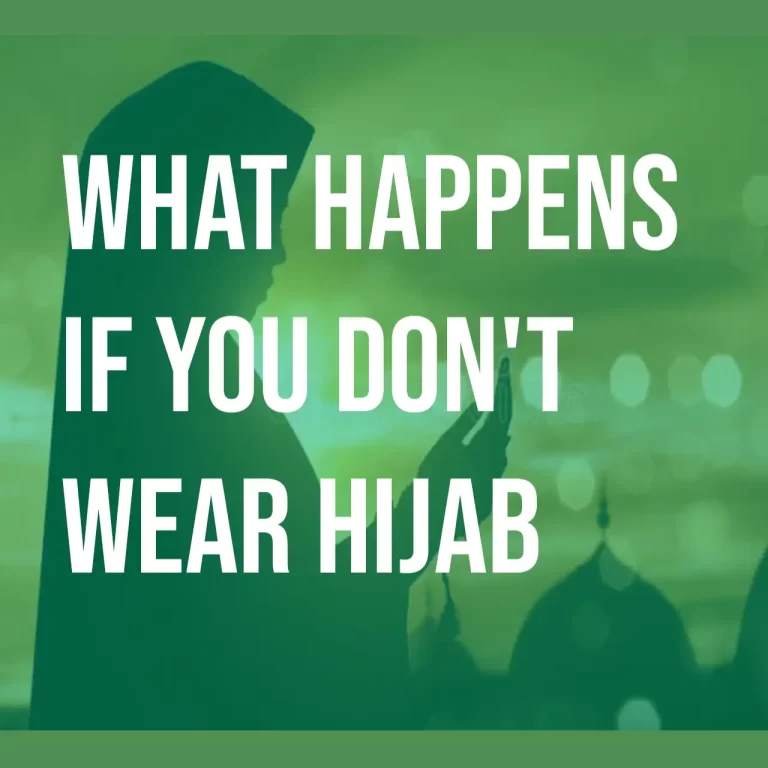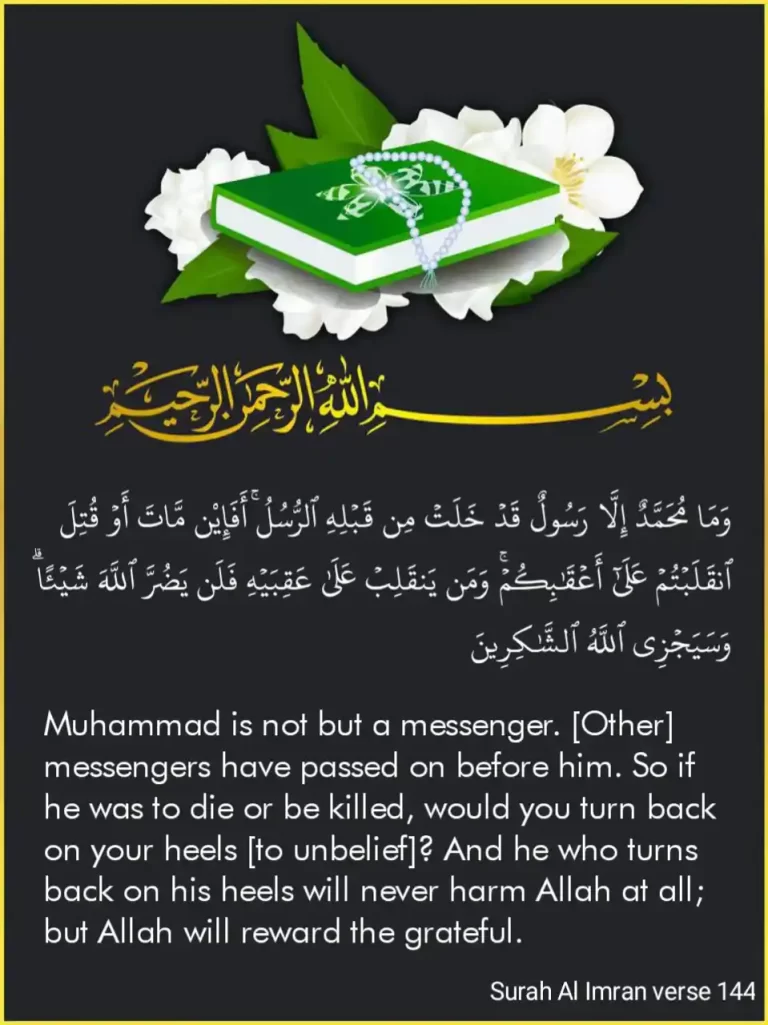Who Can See A Woman Without a Hijab?
Who can see a woman without a hijab? In Islam, a woman is permitted to remove her hijab In front of her mahrams.
Advertisements
A woman’s mahram is someone she is never allowed to marry because of their close blood relationship such as her father, grandfather, great-grandfather and so on.
An on the other hand, her son, grandson, great-grandson, etc.
Her paternal and maternal uncles, her brother, brother’s son, and sister’s son.
A woman’s mahram is also people that they are related by marriage such as the mother’s husband.
Advertisements
Who Can See a Woman Without a Hijab?
There are some people who are permissible to see a woman without her Hijab. These people are those who are listed in surah Al Noor. They
- The woman’s forefathers
- Her sons
- Her brothers
- Uncles
- Her siblings’ children
They are called mahrams and divided into three categories.
The first category is
Mahrams by ties of blood
Allah says in His Glorious Quran,
“… and not to reveal their adornment except to their husbands, or their fathers, or their husband’s fathers, or their sons, or their husband’s sons, or their brothers or their brother’s sons, or their sister’s sons…”
[Surah al-Noor 31].
Advertisements
The mufassireen or commentators said:
As mentioned clearly in this ayah or deduced from it, the woman’s male mahrams by blood relations are as follows:
The woman’s forefathers
Regardless of how far back the line of descent extends through her father and mother, such as her father’s and mother’s forefathers.
Advertisements
Her husband’s forefathers, on the other hand, are her mahrams by marriage, as we’ll see later.
These are the first set of people that are permissible them to see a woman without her Hijab.
Her sons
Tncluding her children’s children, regardless of lineage or whether they are descended from males or females, such as her sons’ sons and her daughters’ sons.
The “husband’s sons” stated in the above ayah are the husband’s sons from other wives, and these are her mahrams by marriage, not by blood, as we’ll discover later.
Her brothers
Whether they are her brothers through both her mother and father, or simply through her father or mother.
Her siblings’ children
Whether they are male or female descendants, such as the sons of her sister’s daughters.
Uncles
Both paternal and maternal uncles. Even though they are not named in the ayah, they are mahrams by blood.
Because they are like parents and are viewed as having the same status as parents, and a paternal uncle may be referred to as a father.
Allah says:
Or were you witnesses when death approached Ya‘qoob (Jacob)? When he said unto his sons, “What will you worship after me?” They said, “We shall worship your Ilaah (God, Allah) the Ilaah (God) of your fathers, Ibrahim (Abraham), Ismaa’eel (Ishmael), Ishaaq (Isaac)…”
Note: Ismaa’eel was the paternal uncle of the sons of Ya’qoob.
The second category of mahrams is Mahrams by rada’ah (breastfeeding)
A woman may have mahrams through rada’ah.
It says in Tafseer al-Aloosi:
The mahram relationship that allows a woman to show her adornments can be established by radaa’ah as well as blood ties.
So a woman can show her adornments to people who are her dad or sons through radaa’ah.
The mahram by rada’ah relationship is similar to the mahram by blood relationship in that marriage is eternally prohibited as a result of that mahram by rada’ah relationship.
When Imaam al-Jassaas responded on this ayah, he expressed this viewpoint.
When Allah said the fathers and that their marriage to these women is forbidden forever.
This suggests that the same restriction extends to other mahram ties, such as the woman’s mother and those who are mahrams by radaa’ah.
The same things that are made haraam by ties of blood are made haraam by rada’ah.
It also says in the Sunnah:
The same things are made haaam by rada’ah as by ties of blood.
This means that the people who are mahram to a woman because of blood ties are also mahram because of rada’ah.
Imam Bukhari narrated in his Saheeh that Aisha (may Allah be pleased with her) said that Aflah the brother of Abu Qu’ays came and asked permission to see her.
He was her uncle through rada’ah.
This was after the verse of hijab had been revealed, so she refused to give him permission.
When the Messenger of Allaah (peace and blessings of Allah be upon him) came, she told him about what she had done and he told her to give him permission.
Bukhari
This hadith was also narrated by Imam Muslim, where the wording is:
from Urwah from Aisha, who told him that her uncle by rada’ah, who was called Aflah, asked permission to see her and she did not let him.
She told the Messenger (peace and blessings of Allah be upon him) and he said to her,
Do not observe hijab in front of him, because the same relationships of mahram are created by rada’ah as by blood ties.
The mahrams of a lady based on radaa’ah are the same as her mahrams based on blood relations.
The fuqahaa’ have stated that a woman’s mahrams through radaa’ah are the same as her mahrams through blood relations, in conformity with the Qur’aan and Sunnah.
It is allowed for her to display her adornments in front of her mahrams by radaa’ah, just as it is permissible in front of her mahrams via blood connections.
It is permitted for her mahrams to see whichever parts of her body are permissible for her mahrams to see due to radaa’ah.
The third category of mahrams is Mahrams by marriage.
By marriage, a woman’s mahrams are those whom she is forbidden to marry for the rest of her life, such as the father’s wife, the son’s wife, or the wife’s mother.
The mahram by marriage of the father’s wife is his son from another wife, his father for the son’s wife, and the husband for the wife’s mother.
Allah Says in the verse of Hijab,
“… and not to reveal their adornment except to their husbands, or their fathers, or their husband’s fathers, or their sons, or their husband’s sons…”
[Surah al-Noor 31].
By marriage, the lady’s husband’s fathers and sons are mahrams of the wife.
Allah named them alongside their (the women’s own) fathers and sons, and made them all equal in the sense that women may exhibit their adornments in their presence.
Allah knows Best
Advertisements







